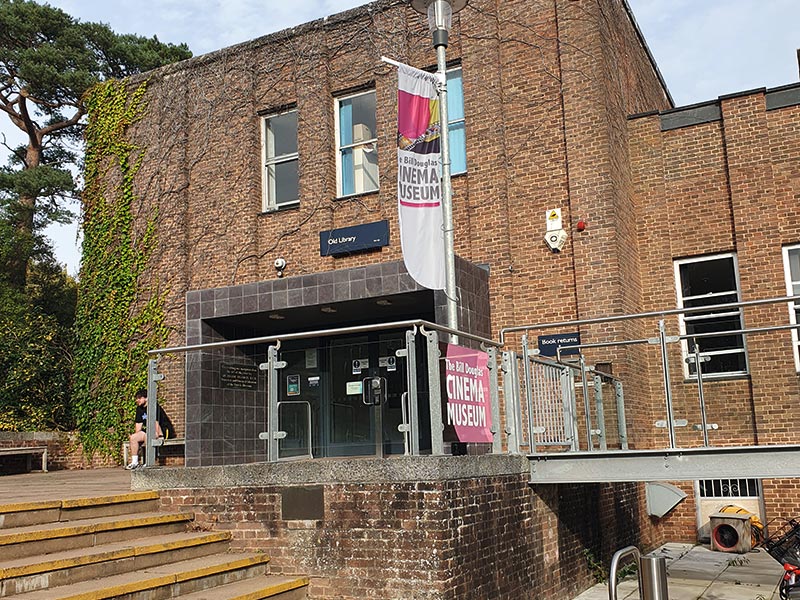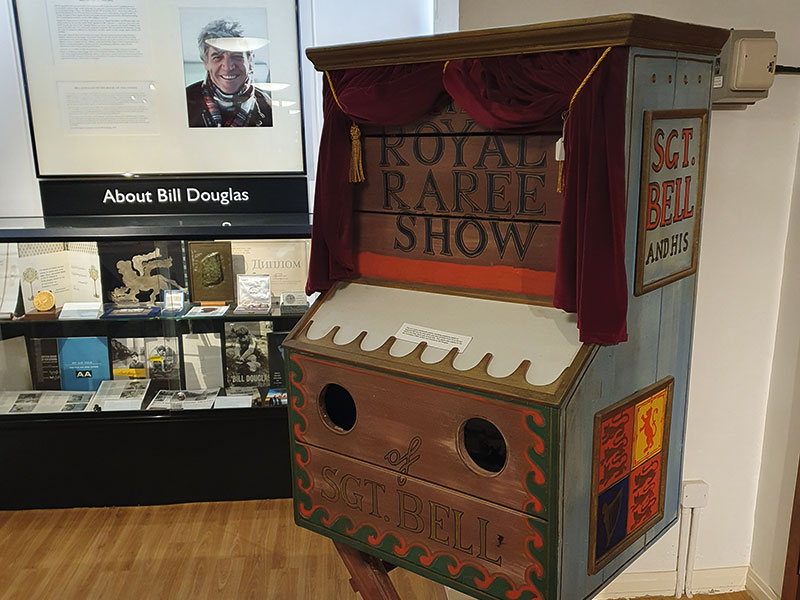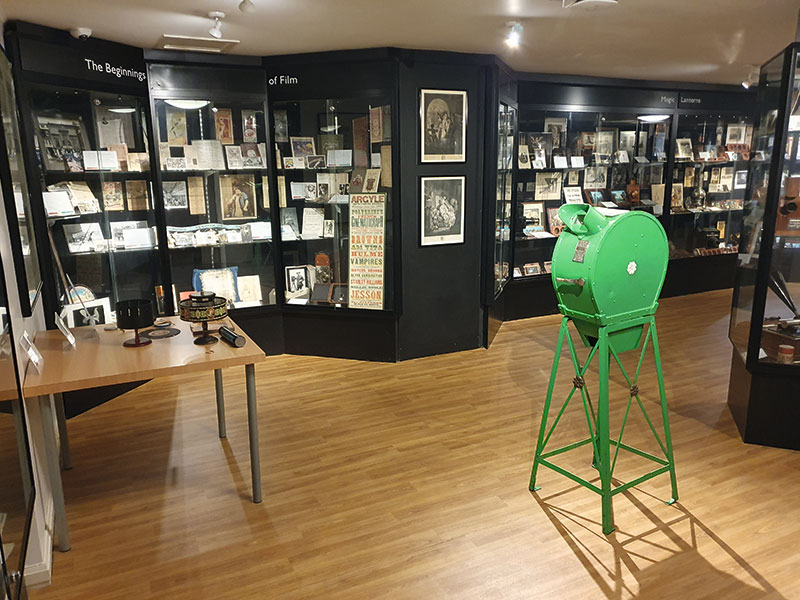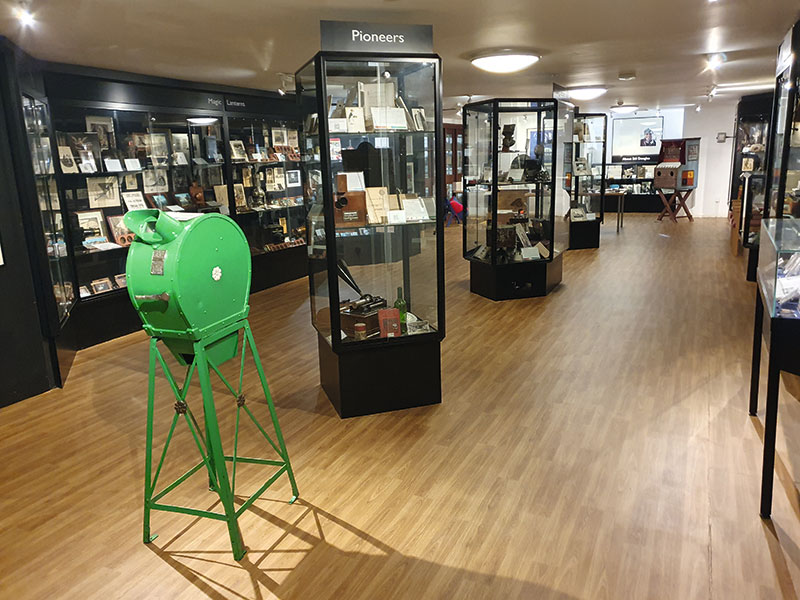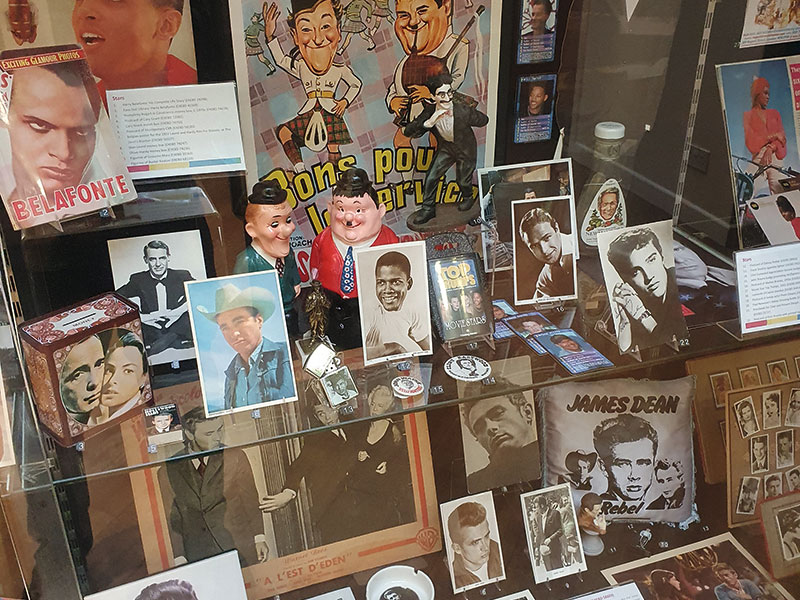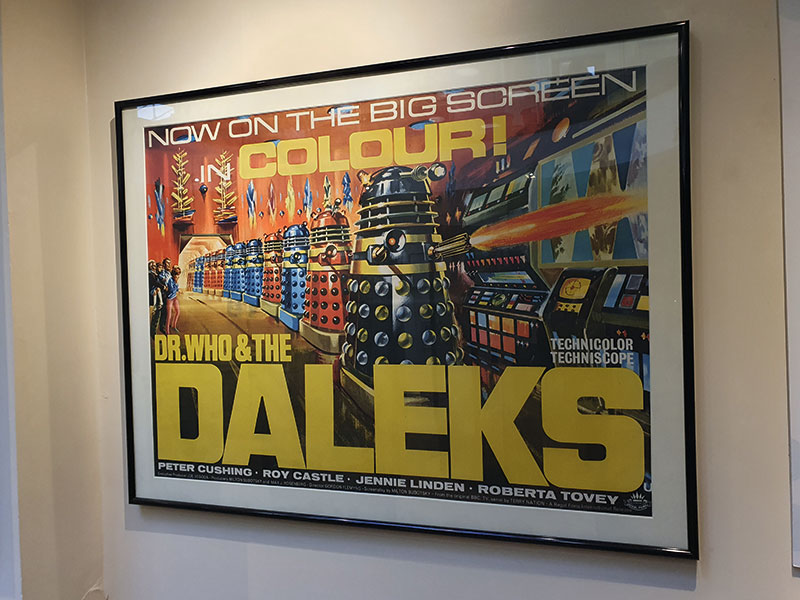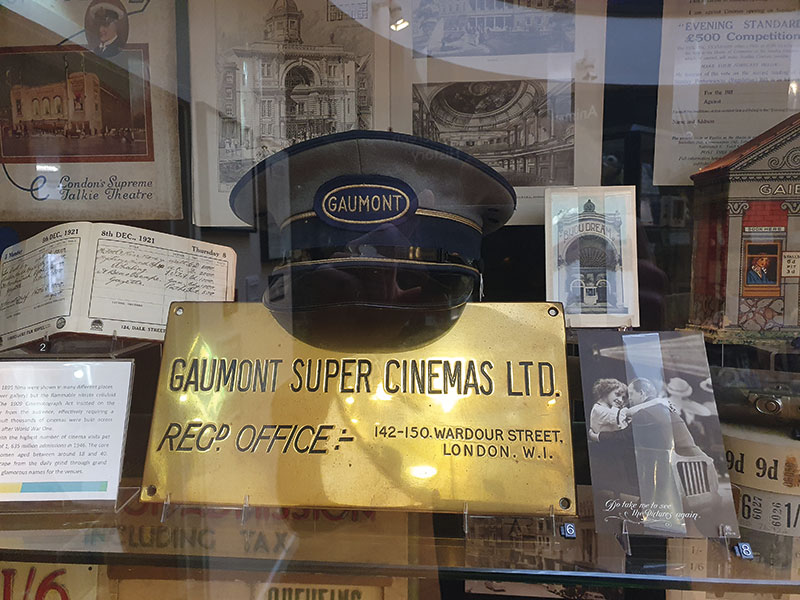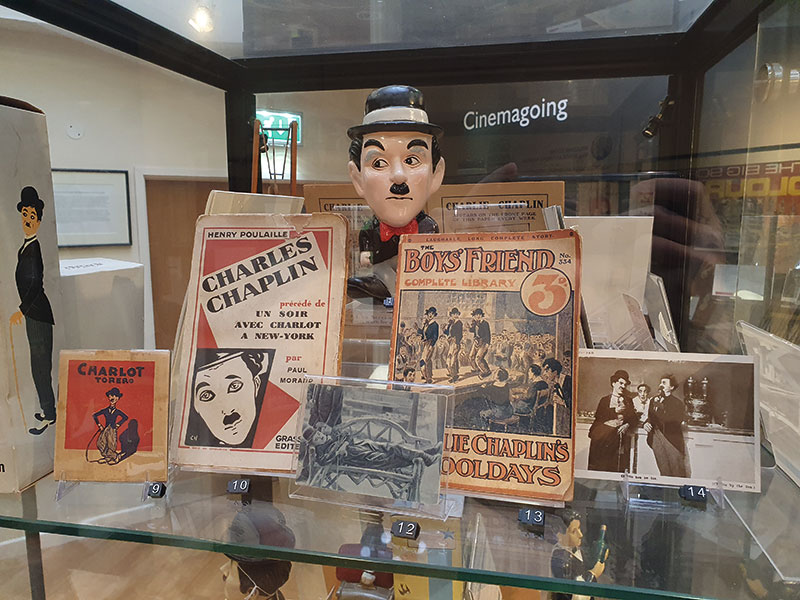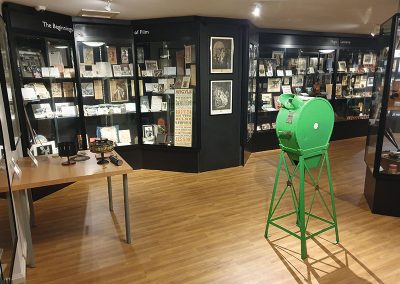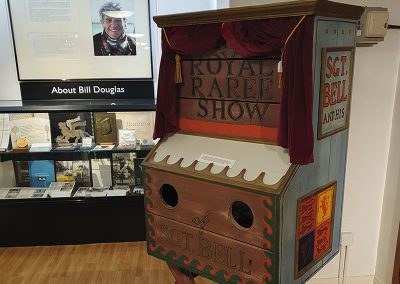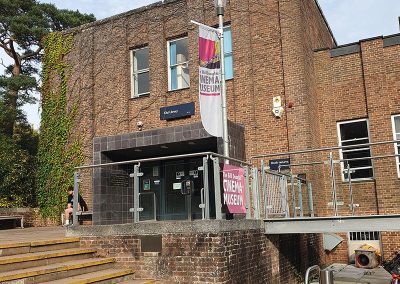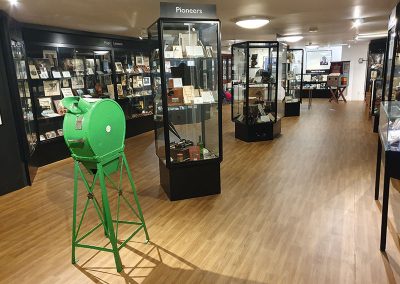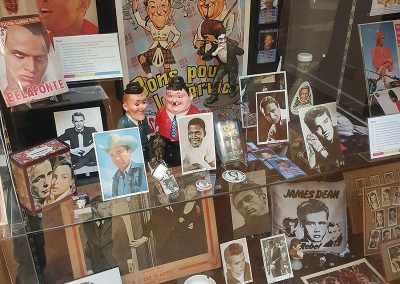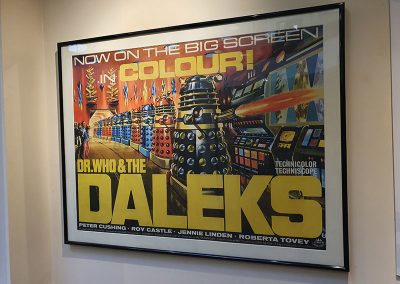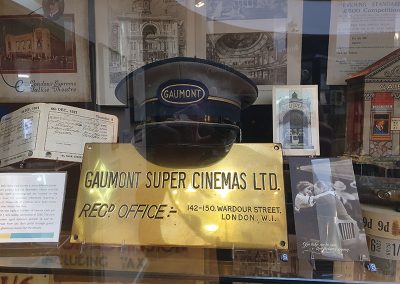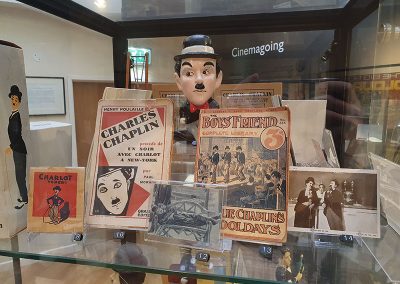Summary
Where? The Old Library, off Prince of Wales Drive, University of Exeter, EX4 4SB
When? Seven days a week, 10am – 5pm
Cost? Free!
Go Here… Bill Douglas Cinema Museum
Hidden gem is a term often overused. But as I made my way up the cobblestone path leading onto the Exeter University campus and into the Old Library building, I found my journey of discovery began before I’d even set through the door.
Here within lies the Bill Douglas Cinema Museum. A relatively small but hugely impressive museum boasting one of the largest collections of film memorabilia and artefacts relating to the moving image in all of the country.
“Who is Bill Douglas?”, I hear you ask. He was a British filmmaker, renowned for his uniquely poetic approach. He and his friend Peter Jewell put the collection together, which was generously gifted to the university in the 90s. His work is firmly part of British cinema history and continues to inspire and captivate to this day.
Over 87,000 items are held in the collection, with thousands on display for public viewing in the galleries. Artefacts date back from present day to the 17th century and are displayed as a timeline covering the history of cinema and the moving image, right from the first experiments.
Fascinating displays of memorabilia fill the wall cabinets and entice your attention. From early ticket stubs, cinema programmes and posters, and other items associated with the first dedicated cinema buildings in the early 20th century, to more focused exhibits exploring representation of race, gender and cultural challenges that came as film and stardom grew rapidly in popularity.
I was fascinated to learn how Britain had the highest number of cinema visits per head in the world during the years before and after World War I, with working class women being the core audience.
There’s plenty of A-List entertainment too with dedicated exhibits relating to stars such as Charlie Chaplin, Marilyn Monroe and James Dean.
Exhibits are not only interesting but also interactive. Try your hand on an original working mutoscope – working on the basic flipbook premise of still images but cranked by hand, which were popular at British seaside towns. Or have a spin of a replica Zoetrope – a metal drum with images that you can watch move from the slits as it rotates.
While the museum can be thoroughly enjoyed by reading the informative signs and browsing the items alone, visit on a weekday to meet the curator who is eager to greet you and offer further insight. What’s more, tours can be booked on weekdays for groups of five or more people.
Of course, being housed at the university means that naturally, it’s more than just a museum and is as much an academic research facility –integral to those studying here and from further afield.
The museum is open year-round, seven days a week, 10am – 5pm, including bank holidays except Christmas – New Year. Entry is entirely free.
Find out more about what’s on display and how you can visit at www.bdcmuseum.org.uk
